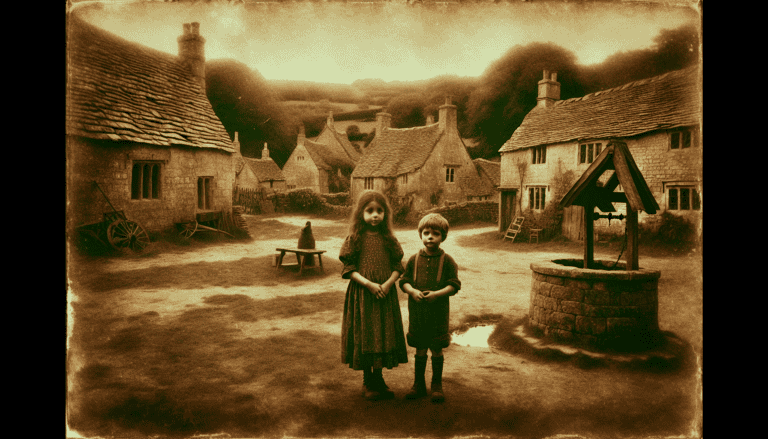Kappa: Japan’s Mischievous River Spirits
Introduction
Picture this: You’re strolling along a tranquil Japanese river when suddenly, a strange creature emerges from the water. It’s small, scaly, and has a bowl-shaped depression on its head filled with water. You’ve just encountered a Kappa, one of Japan’s most famous mythical beings.
Background & Origins
Kappa legends trace back to ancient Japan, with stories flourishing during the Edo period (1603-1868). These water-dwelling creatures became central figures in folklore, art, and literature.
Key historical references:
- Early encyclopedias
- Illustrated scrolls
- “Gazu Hyakki Yagyō” by Toriyama Sekien
Characteristics
| Feature | Description |
|---|---|
| Appearance | Small, reptilian, humanoid |
| Distinctive trait | Water-filled bowl on head |
| Abilities | Swimming, healing, trickery |
| Behavior | Mischievous yet polite |
Kappa are known for:
- Stealing crops
- Pranking travelers
- Wrestling challenges
- Sharing medical knowledge
Sightings and Encounters
Famous encounters include:
- The Sumo wrestler’s challenge
- Tono region sightings (Iwate Prefecture)
- Unexplained water phenomena
Evidence and Theories
While physical proof remains elusive, Kappa lore persists through:
- Anecdotes
- Artistic depictions
- Alleged mummified remains in temples
Skeptics propose alternative explanations:
- Misidentified animals (turtles, otters)
- Imagination and folklore
- Cautionary tales to prevent drowning
Cultural Impact
Kappa have left an indelible mark on Japanese culture:
- Traditional art and literature
- Modern anime and films
- “GeGeGe no Kitarō”
- Studio Ghibli’s “Ponyo”
- Western adaptations in books and games
Current Status
Though less common, alleged sightings still occur, especially in rural areas. Researchers continue to study the folklore’s social and historical significance.
Debates and Controversies
The Kappa sparks discussions on:
- Myth preservation vs. skepticism
- Environmental symbolism
- Authenticity of modern accounts
Conclusion
Kappa remain fascinating creatures in Japanese folklore. They blend whimsy with caution, reflecting our complex relationship with nature and water.
Questions to ponder:
- How do such myths evolve in modern times?
- What similar water spirits exist in other cultures?
- Have you encountered any mysterious beings near water?
Share your thoughts or experiences in the comments!
References and Further Reading
- “Gazu Hyakki Yagyō” by Toriyama Sekien
- “Myths and Legends of Japan” by F. Hadland Davis
- “The Folktales of Tono” translated by Yanagita Kunio and Ronald A. Morse
Discover more about Kappa and their place in global folklore through these resources.






